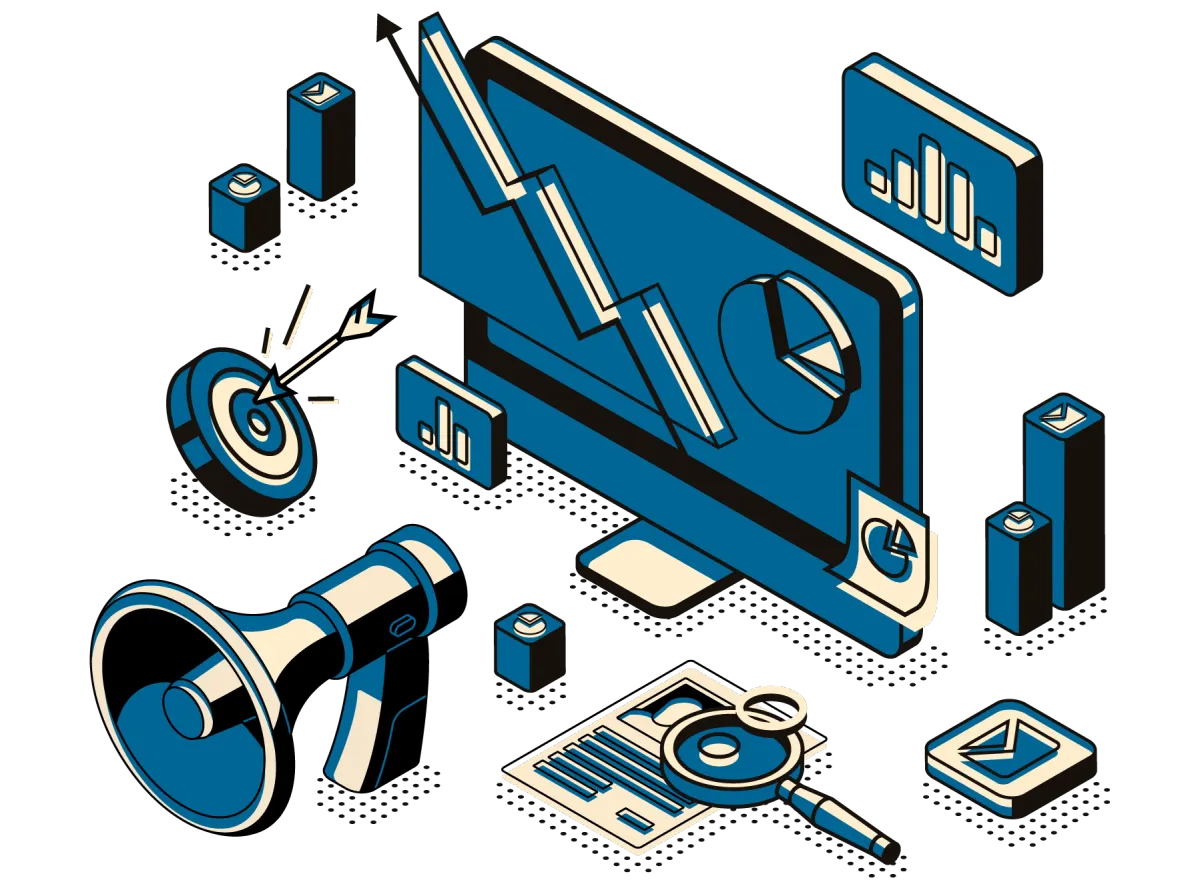
BLOGS

Marketing Know-How for Entrepreneurs & Small Businesses
Strategies and tactics to raise brand awareness, connect with your target audience and generate more leads and sales.


Creating Content For Maximum Awareness, Influence and Impact
Content is information you post online to attract your target audience into your content ecosystem and build authority, rapport and trust in you and your ability to help them. Its purpose is to influence your target audience to purchase from you when they are ready to buy.
But with millions of blogs, newsletters, social posts and web pages being uploaded to the internet on a daily basis, it can be challenging to create content your target audience will find and consume. So it’s no wonder many business owners feel “invisible” online, and believe their social media strategy is a “lost cause”.
The good news is that it doesn’t have to be that way. Your target audience is actively searching for solutions to their problems. That means with the right strategy, you can create the exact content your audience is looking for and make it easier for them to find.
My 4-Step SAGE Methodology (Study, Align, Generate, Evaluate) can help you create a content marketing strategy that speaks directly to your target audience using language that will help them find you online. SAGE methodology enables you to connect with your audience on a more personal level and immediately begin building authority, credibility and trust in you and your ability to help them.
4-Step SAGE Methodology
1. Study
Study your target audience so you fully understand the problems they’re experiencing and the pain those problems are creating for them. Where most people get it wrong is that they look at these problems from their own perspective rather than from their audience’s point of view.
But if they can’t put themselves in their audience’s shoes, then they’ll struggle with how to effectively communicate the full value of their offer. After all, buyers determine how valuable an offer is to them based on their own perspective about what they need, not what the seller tries to convince them they need.
If you solve complex problems, does your target audience understand the underlying cause of their problem(s) or are they more focused on the symptoms they’re experiencing?
2. Align
Once you’ve done your research, develop a messaging strategy, content plan and content calendar that aligns with your target audience’s most burning problems. You need to show them you understand their problems better than anyone else, so you can therefore fix their problems better than anyone else.
What language does your target audience use to describe their problem(s), and how can you use similar language to position your offer as their best available solution? Based on your learnings in the Study Step, how much should your content focus on solving problems versus alleviating symptoms?
This requires a solid understanding of your target audience so you can first meet them where they're at and then bring them around to your way of thinking without coming across as pushy or making them feel uncomfortable or threatened.
3. Generate
In the Generate Step, you implement your content plan in accordance with your content calendar to create a content path that leads your audience from their current situation to the point where they are ready to purchase your product or service.
Your audience may find you online and enter your content ecosystem at different points in their buying process. Therefore, your various content pieces should address the 5 stages of the buyer’s journey:
Problem Unaware – Not all of your potential buyers are currently aware they have a problem you can help them with. But if you make them aware they have a problem, you then have an opportunity to solve it for them.
Problem Aware - Your potential buyers are aware that something isn’t quite right in their lives. They have a problem that’s causing them pain, but they don’t necessarily understand why it’s happening or how to go about solving it. This is your opportunity to reach out to them with potential solutions to build authority and trust.
Solution Aware - Your potential buyers know there are one or more solutions to their problems and are researching the various options available to them. So now they’re interested in learning more about your product or service as a potential solution.
Product Aware – Your potential buyers know about your product or service but are not yet convinced that it’s the best solution for them. Here’s where you really need to differentiate your product from your competition, through exclusive features that provide unique benefits or social proof. You want to get them excited and move them from simply liking your offer to actively wanting it.
Ready to Buy – Your potential buyers are ready to make their purchase decision. This is where you hit them with a call to action to either make a purchase or take the first steps towards making a purchase, such as requesting a call, booking an appointment, participating in a live chat or signing up for your masterclass.
The better you optimize your content ecosystem with the right information for each of these 5 stages, the higher the percentage of people engaging with your content who will ultimately become your customers.
4. Evaluate
In the Evaluate Step, you use hard data to measure how well your content is performing. You want to identify the content that is working best with your audience so you can create more of it. Perfecting your content strategy requires testing, evaluating, and then retesting on an ongoing basis.
Although you’ve done your best to understand your audience and develop content that speaks to their specific problems and desired outcomes, you can never be 100% certain you’ve got it right unless and until the hard data proves it.
Knowing the right metrics to measure and analyze will help you determine whether your content development efforts are attracting the right audience for your product or service, and equally as important, whether it’s persuading that audience to buy.
The Bottom Line…
With very few exceptions, businesses must regularly post content online to attract and influence people to buy from them. This requires an ongoing investment in content creation activities.
So think carefully about how to position your offer and talk about the problems you solve using language your target audience will relate to. This will help ensure you create purposeful content that delivers maximum results for the time you invest in content creation activities.
Your content will then become a strategic asset that differentiates your brand, builds relationships, and provides a sustained competitive advantage in the marketplace.
To learn more about the SAGE Methodology for connecting with your audience on a more personal level and building authority, credibility and trust, visit SAGE Content Marketing.

